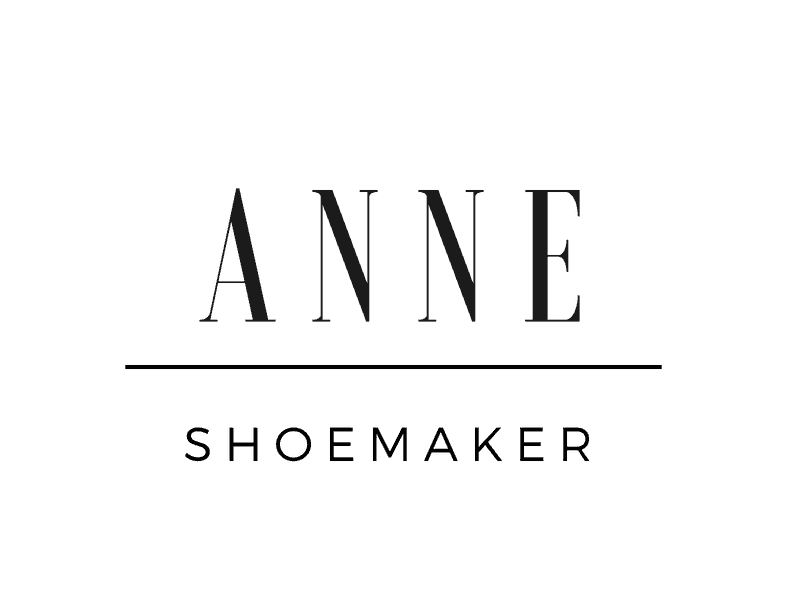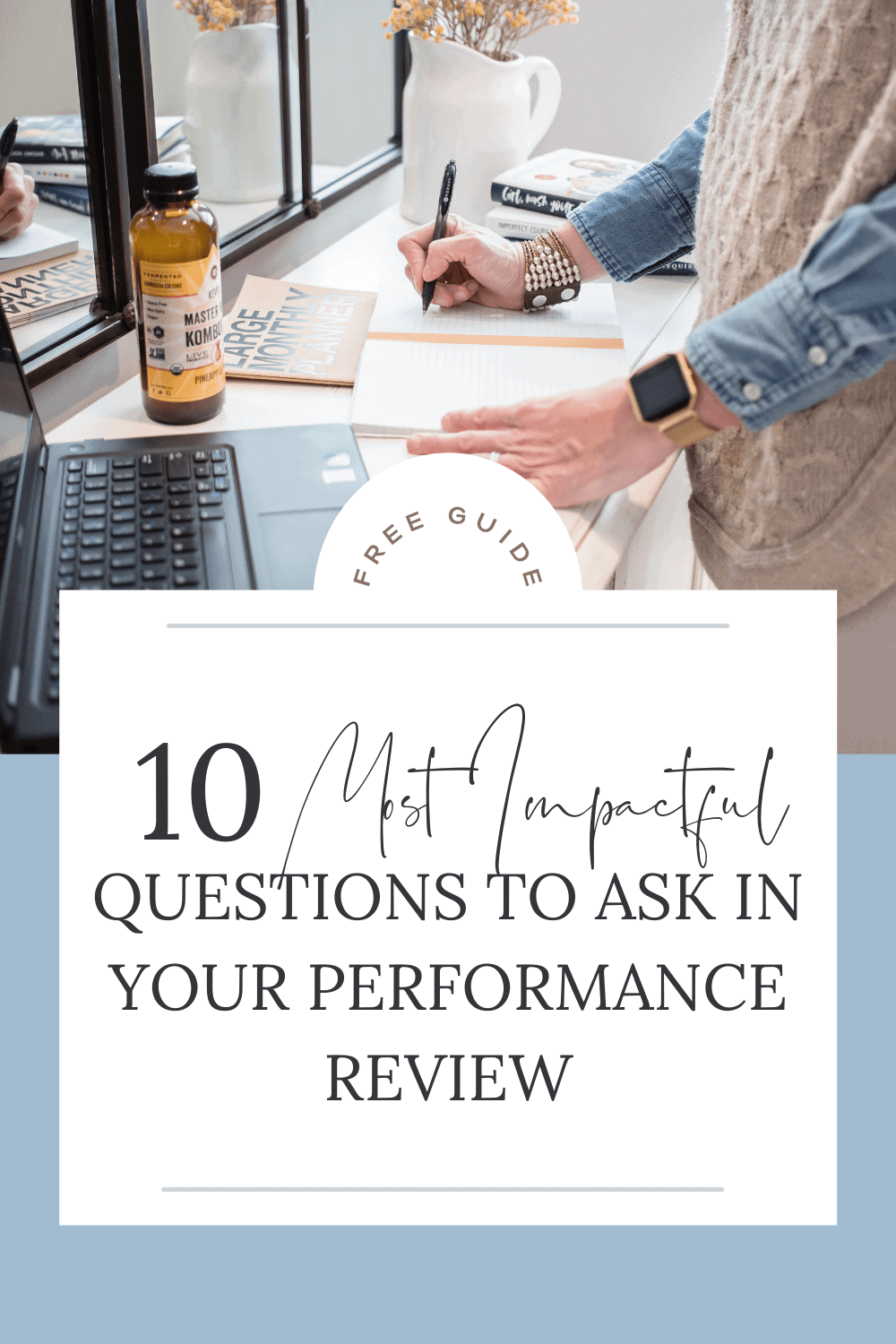Post-COVID, What Does Support For Working Parents Look Like?
Workplaces that thought they offered support for working parents pre-COVID have learned a thing or two since March 2020. The question now is, what will workplaces do with what they have learned?
Organizations worldwide have come face-to-face with their employees’ home lives in an intimate way since COVID-19 was deemed a global pandemic in March 2020. While this has led to more than one comical interruption, the collision between an employee’s home and work life was sudden and, in many cases, entirely unwelcome.
There was no rulebook for what to do when a baby’s cries interrupt a presentation, or when a dog barks incessantly just when the boss starts talking, or when a leader schedules three times as many meetings as usual in order to keep closer tabs on the team.
Similarly, there is not a manual for what the workplace will look like once the COVID-19 pandemic subsides. However, with firsthand knowledge of employees’ home lives, workplaces can no longer afford to feign ignorance of the ways in which work screeches into the intersection with home.
Organizations that will thrive in the future are those willing to invest in family-centric policies that build on what we’ve all learned since March 2020. Companies can start by surveying employees about their experience during the pandemic.
An employee survey could include the following questions:
- “After all of the surprises, pivots, and improvisations of the last 12+ months, what have you learned about what you need to do your best work?”
- “What surprised you about your work style/productivity?”
- “What tools/software/hardware made working remotely easier/harder?”
- For instance, employees may have learn how to use more features of Adobe, Microsoft Word, or Google Docs
- Without a printer/scanner handy, employees may have had to adapt to using scanning features on their smartphones
- “What did you learn about building and maintaining relationships remotely?”
- Some employees may have found that they benefit from more interaction with their manager making remote work a struggle while other employees may have experienced improved efficiency.
- Networking and finding sponsors became easier, not harder, for certain segments of the workforce, particularly those who enjoy more privacy around their conversations and appreciate the efficiency of distanced conversations that did not involve commuting to/from an event or restaurant.
Without question, workplace policies need to be tailored around what management hears from employees and what is feasible for the operation. If you are skeptical about the need to turn your employee handbook inside out to support working parents on account of what we experienced during COVID, take a look at your metrics with this constituency thus far.
- How many working parents return to your workplace after taking parental leave?
- How long do they stay after returning?
If you’re not satisfied with your retention of this population, this post is for you. Workplaces that will thrive post-COVID will do three things to provide support for working parents:
- Offer a variety of work arrangements based on what employees need and value.
- Be intentional in removing biases.
- Draw a distinction between performance expectations and performative behaviors.
Let’s take a closer look at each of these.
1. Variety of Work Arrangements (Flexibility)
Strong caregiving cultures offer a variety of work arrangements that employees value. These caregiving cultures share 4 key strengths, as identified by Julia Beck of the It’s Working Project:
1. Listen To What Employees Need
For instance, if employees share that late afternoon meetings are problematic, consider introducing a policy that all meetings must conclude by 3:30 or 4 pm.
2. Know How to Create Community
Let’s say your organization used to celebrate birthdays in the break room once a quarter or once a month. With some portion of your staff working remotely on a permanent basis moving forward, you will need to come up with a new way to create cohesion amongst the ranks. Get creative! You may find that people are happy to bid adieu to certain traditions (remember that survey?), and some people may be more willing to participate in activities now that they require less of their time. Connecting digitally with a hybrid workforce will require trying (and failing) at new initiatives. The most important thing to keep in mind is that you still have to TRY.
3. Respect the Many Roles Employees Fill
Rather than being bothered by an employee who needs to spend time away from the office to care for a sick spouse or terminally ill parent, a company with a strong caregiving culture accepts that its employees are more than just “its employees”. They are wives, daughters, sons, and spouses and each of those roles comes with responsibilities that may, at times, be in conflict with the workplace. A caregiving culture will accept this as reality, not as a burden; it understands that the flexibility they offer their employees may come with a short-term cost but also an outsized long-term gain in terms of loyalty and performance.
4. Trust Their Employees & Colleagues
Companies with strong caregiving cultures are comfortable operating in the grey. They understand that returning from maternity leave may need to resemble a slow and steady uphill climb back to “business as usual”, not a hundred-yard dash to the top. They trust their employees – they have invested time in getting to know them and the various roles they play so that when they are pulled in a different direction, they are ready to be empathetic and partner with them on solutions.

There are many ways to offer a variety of working arrangements to employees. We are all familiar with contract-based work where certain projects are outsourced to a contractor for a limited engagement. Part-time schedules of 20 to 30 hours/week are also quite common.
Returnship Program
Have you considered offering a returnship program for adults returning to the workforce after taking time off? These programs are great at helping folks reacclimate themselves to being in the workforce. Whether it’s the culture that has shifted or the pace that has accelerated, today’s workplace is different from the workplace of the 90’s or aughts. The extra training and mentoring often associated with these programs helps people modernize skills in a supportive environment.
Job Sharing
Another work arrangement that has been gaining traction in recent years is job-sharing, whereby two part-time employees together fulfill the responsibilities for one full-time job. Such an arrangement allows employees to take care of a dependent, go back to school, or pursue another passion or job in a different field.
In a job-sharing arrangement, choosing the right partner to job share with is critical as is determining which partner takes on what aspects of the role. Naturally, communication is extremely important to provide a seamless service to the employer and end-consumer, not to mention overcoming biases from internal and external stakeholders who just don’t “get it”.
If you want to learn more about how to implement a job sharing program at your firm, check out WorkMuse.
2. Intentional in Removing Biases
Bias In Hiring Decisions On Account Of Employment Gaps
The bias that people, and women in particular, face after leaving the workforce for caregiving reasons is alive and well, but it doesn’t have to be.
Whether it’s a woman who has left the workforce to care for a young child or an ailing relative, or a man who has left the workforce to pursue his dream of adoption, too many workplaces judge people harshly when it comes to evaluating their character and commitment to the workplace. Oftentimes, people find it hard to re-enter the workforce after a long break on account of this bias.
The Mom Project has given working women a way to fill in gaps on their resume attributable to caregiving responsibilities. For instance, The Mom Project invites women to illustrate their true story on their LinkedIn profiles by utilizing The Mom Project’s company logo alongside a title (“Career Pause”) and the dates of their absence. Under Description, they recommend stating something along the lines of, “Life evolves. I took a step away from paid employment to significantly contribute to my family.” This allows the reader to quickly understand the gaps in their work experience without making faulty assumptions.
As managers and human relations professionals, the onus is on us to consider the breadth of life and all of the responsibilities that a person manages. We need to check our bias when it pokes its head out, particularly when it comes to gaps in one’s resume.
There are plenty of other biases to consider beyond those associated with gaps on a resume, unfortunately.

Bias In Hiring Decisions On Account Of Gender or Race
Do you remember the “two in the pool” effect? Research in the Harvard Business Review found that when the final candidate pool has only one minority candidate, he or she has statistically zero chance of being hired.
The same research found that if there are at least two minority candidates in the final pool, the chances of one of them being hired rises dramatically.
This begs the question: are you intentional about removing biases in your hiring practices? Do your final candidate pools include more than one minority? If you are having a hard time finding the diversity that you are seeking, reach out to Audeliss or Mathison.
Bias In Awarding Promotions
A working mother coming back from parental leave may or may not be interested in maintaining her travel schedule. It would be biased to presume that she does not want a promotion due to its extensive travel, late nights, or any other factor. Support working parents by giving them the opportunity to accept OR decline promotion and sponsorship – do not do it for them, especially if it involves travel, late nights, and the like.
It may be that this employee needs the extra money that such a position affords them so that they can be more present for their child in their teen years. It may be that travelling across the country to the headquarters once/month would allow them to visit with extended family, or fulfill a dream of rising to becoming a corporate Vice President.
Yes, this happens.
Friends: if you have a boss who is incapable of or unwilling to type an email or open a Dropbox link (“I’ll mess it up”), you have (or, really, your employer has) a problem.
Unbiased Support
Savvy, family-friendly employers have figured out how to support working parents, eliminating the need for concern. Consider these possible situations and solutions:
- Will a new parent of a child with special needs be absent more frequently?
- Create a pool of former employees who know your organization well & could consult for a few months while employees are out on parental leave.
- Look into a partnership with The Second Shift that offers on-call expertise in a variety of functional areas.
- How will Employee A’s absence affect Employee B, who will be asked to pick up the slack?
- If you can’t hire out the work, set aside funds for a cash bonus or another reward to recognize those who help while a teammate is out on leave.
- How will Employee A’s performance review be handled if they have been out on leave for half of the term?
- First, get clear on his/her career aspirations both before and after parental leave.
- Then, provide guidance on their performance before they go out on leave and explain how their leave will affect merit or bonus pay.
- Next, be up front and open about how their review will be handled if it is scheduled to take place while they are out.

3. Distinction Between Performance Expectations and Performative Behaviors
Prior to the onset of COVID-19 and mandatory work-from-home policies, performance reviews were said to be based on performance. However, just under the surface was the general awareness that additional factors are often at play when it comes to an employee’s performance evaluation.
Like it or not, factors such as likeability also played a role in a supervisor’s evaluation of an employee. Masked by descriptors such as “team player” and “friendliness”, it was understood, even if it wasn’t necessarily liked, that employees who got on well with the boss were generally given a good review even if their actual job performance was sub-par.
In March 2020, however, the proverbial “water-cooler” was removed from the performance evaluation equation. All that was left for supervisors to judge employee performance on was, well, their performance.
Performative behaviors that may have led to unearned high marks (e.g., stopping by the boss’s office after his or her team won a big game, congratulating a supervisor on his daughter’s college graduation) were no longer in play.
With no more “atta boys” to hide behind, it is high time to get clear: what is job performance, and what is “performative”?
- Is showing up at the office twice a week critical to job performance, OR is it “performative” to put in facetime at the office?
- Does it benefit the company for the employee to be there twice a week, or does it benefit the manager’s ego to have the team show up in-person?
- Are employees judged on their ability to make progress towards meaningful targets, or on performative work such as putting in facetime at the office that takes away from job satisfaction, complicates lives, and does not serve the organization’s goal?
Managers, ask your employees what they need to be successful. Be clear about your expectations and performance standards. Make sure employees’ job descriptions are accurate – many changed drastically between March 2020 and March 2021.
Is job crafting an opportunity at your organization? Many businesses are taking this interruption in “business as usual” as an opportunity to partner with their employees in redefining their jobs. Encourage the employee to visualize the job, map its elements, and propose new ways of accomplishing key organizational objectives in a manner that incorporates the employee’s motives, strengths, and passions.
Lastly, if you spot a performative behavior, challenge the employee to explain how it helps the organization accomplish its mission.
Employees are paying attention to how managers are handling the changes in the workplace. They are hearing stories of workplaces whose policies have changed and evolved, and they are gauging how your workplace will do the same.
Managers who demonstrate compassion, empathy, and understanding will experience enhanced collaboration and lower turnover amongst their ranks of working parents. Workplaces that make a commitment to supporting working parents by way of communication, flexible thinking, connection, and respect will thrive post-COVID.
CAREER RESOURCES



